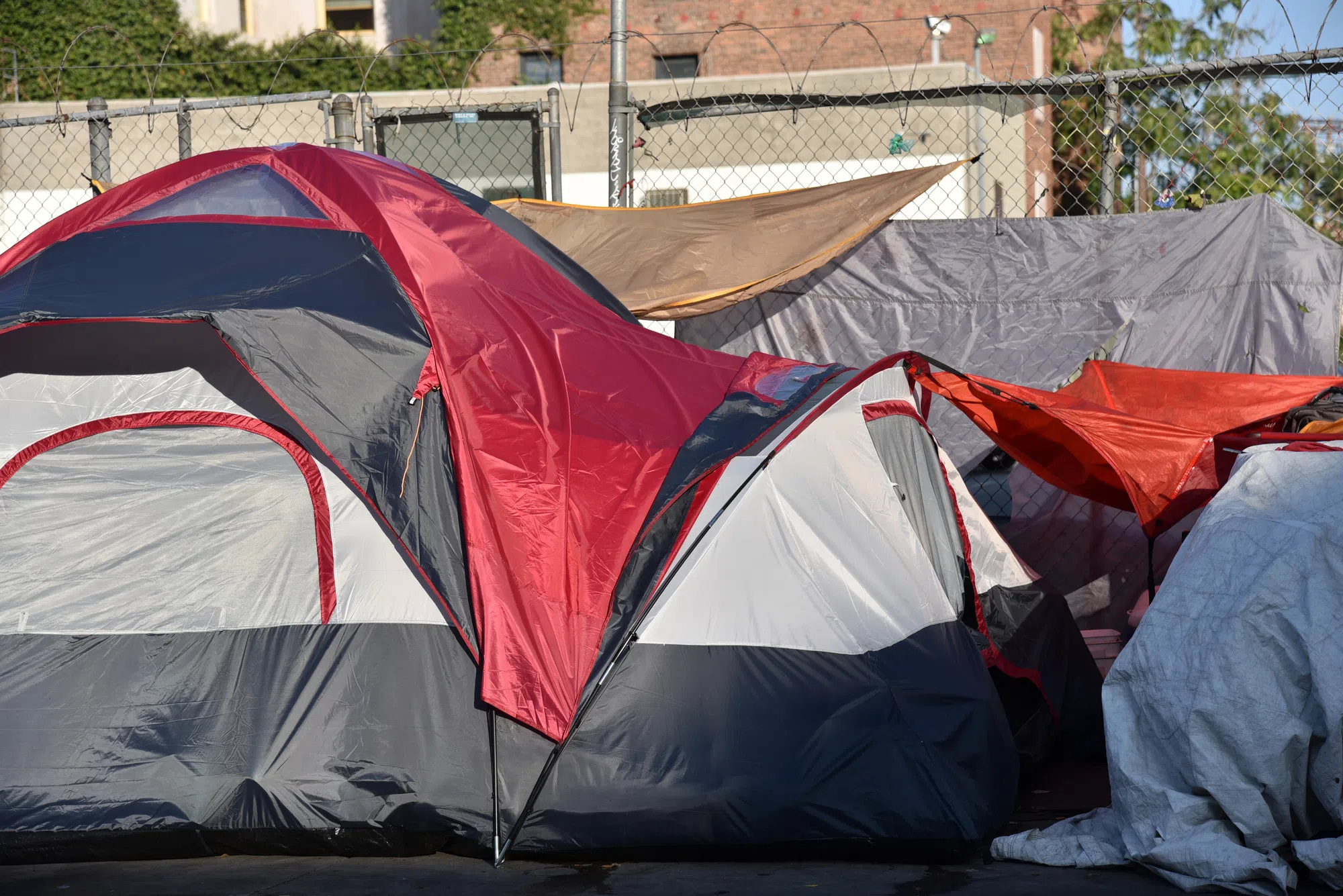A new report from the Human Development Council digs into the social conditions that lead to homelessness.
The report finds that homelessness numbers in New Brunswick’s three largest cities have tripled over the past four years.
There were 1,529 people experiencing homelessness for at least one day in March, up from just under 500 in March 2021.
“Housing is probably the biggest contributing factor to an increase in homelessness, because ultimately homelessness is a housing issue,” Liam Fisher, a data analyst and research coordinator with the council, said in an interview.
Fisher said rent rose 35 per cent and residential property prices jumped 84 per cent between 2019 and 2024. In addition, he said, we are seeing some of the lowest vacancy rates in decades and there is a shortage of housing, particularly affordable housing.
“Inevitably, when people aren’t able to afford their rent or access affordable housing, or there’s simply housing that’s just not available, that ultimately leads to people being pushed over the edge into homelessness,” said Fisher.
Multiple contributing factors
While housing is the biggest contributing factor to homelessness, the data analyst said it is not the only one. There has been what he calls a “perfect storm” of three particular issues: housing, affordability and health.
Around 45 per cent of employees earned less than the living wage of $24.62 an hour in 2024, according to the report, and New Brunswick had the highest provincial low-income rate in Canada in 2023 at 16.7 per cent.
Food bank visits jumped 45 per cent between 2019 and 2024, and reports of unmet health care needs have nearly doubled since 2019, the report found.
Fisher said he hopes this report will serve as a conversation starter about the social conditions that lead people to homelessness in the first place.
“There’s no one single factor that we can pinpoint as saying this is the cause of homelessness, but we also want to help show how homelessness is so connected to these large-scale systemic issues and trends and data that are not necessarily the fault of any one individual,” he said.
“When an individual is experiencing significant rent increases that make them unable to afford their rent, when groceries become unaffordable, when energy becomes unaffordable, when the health-care system is not able to meet an individual’s health needs and all these things compound on each other, then the result is many individuals end up being pushed into homelessness.”







